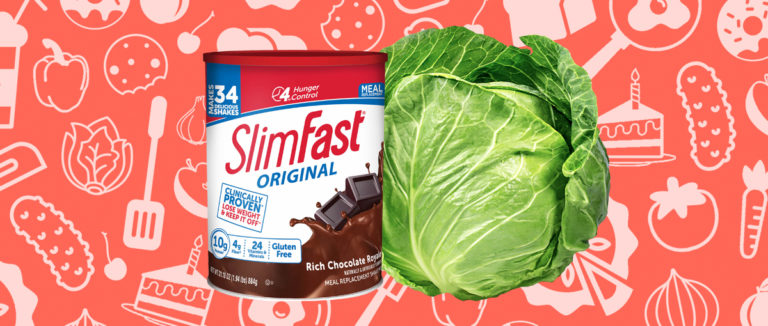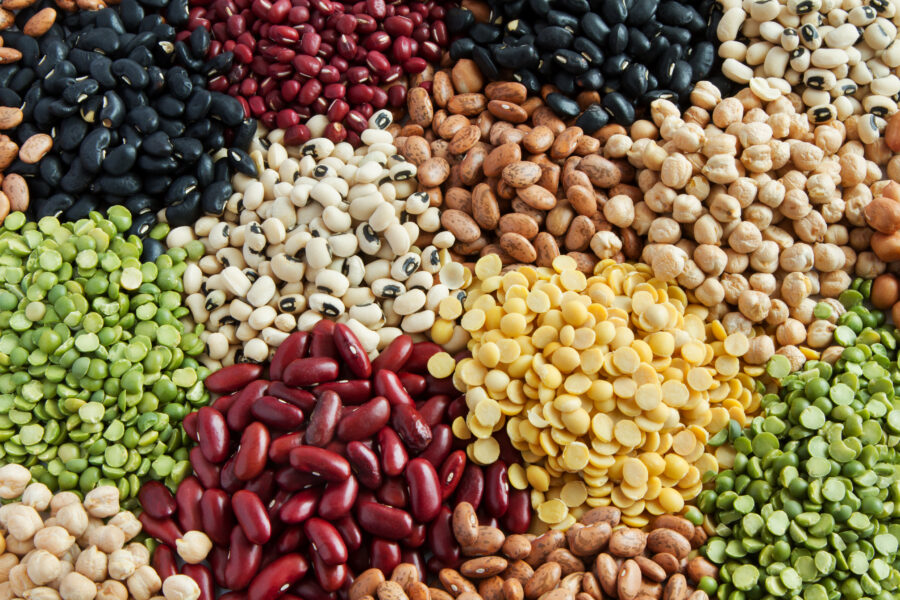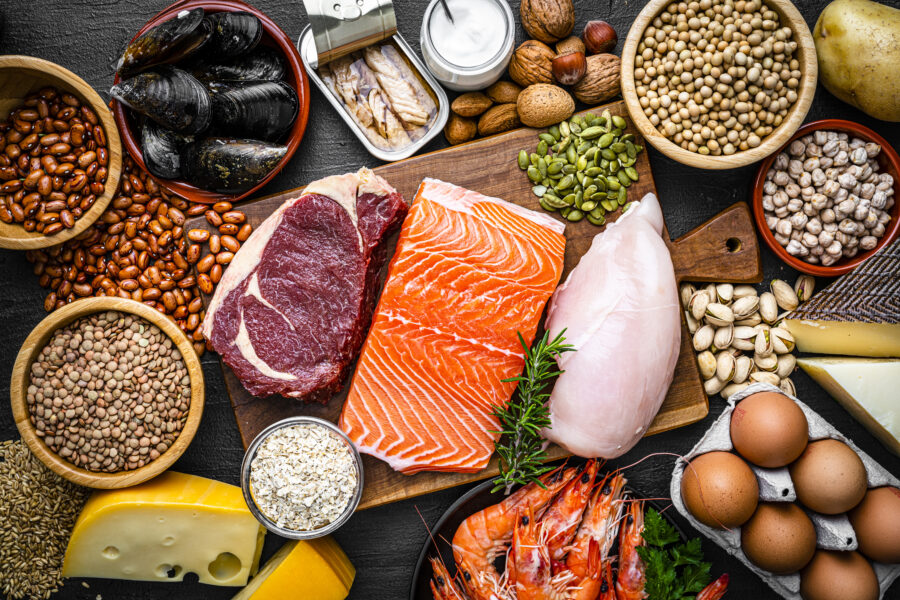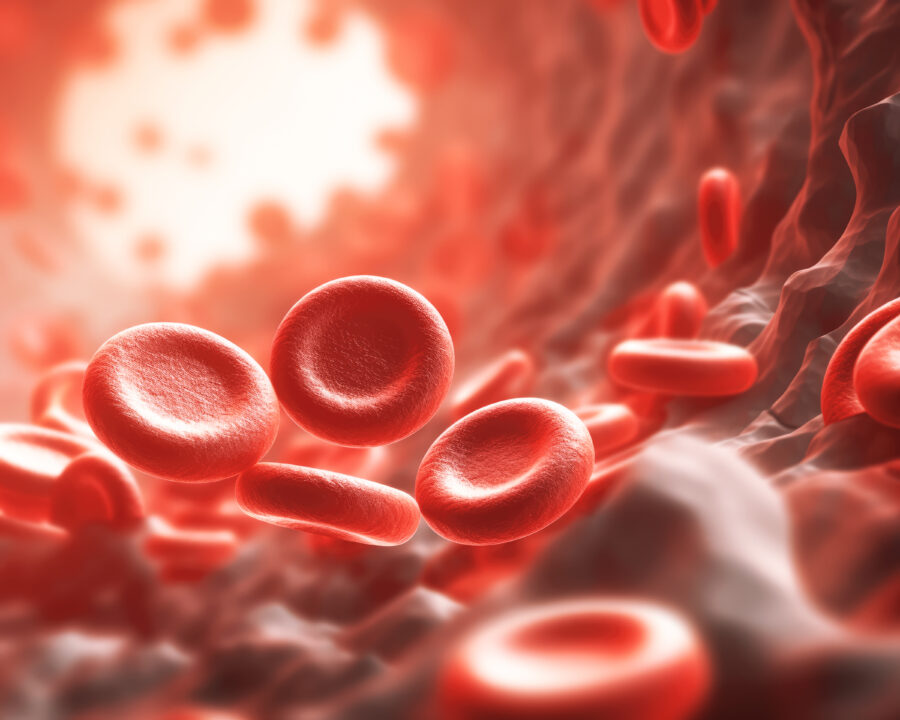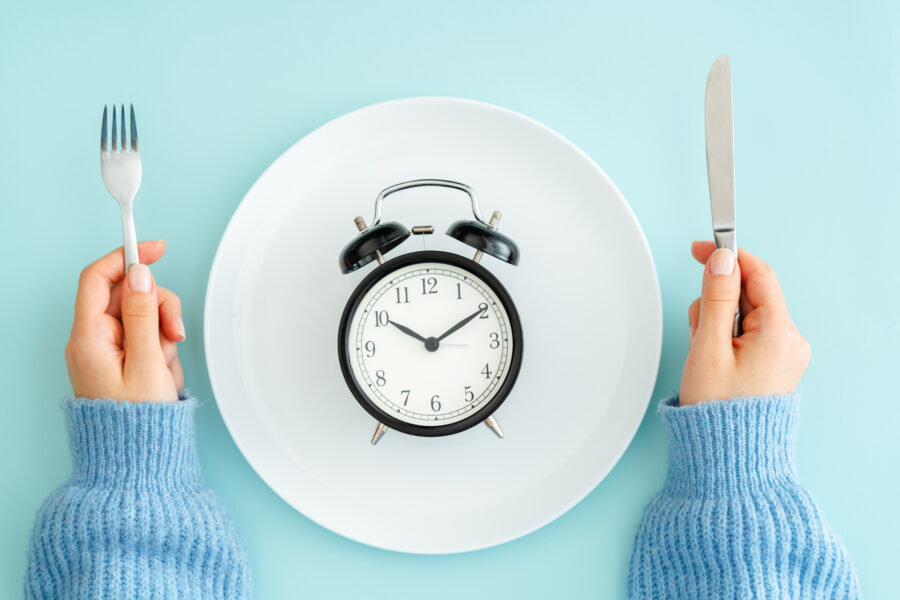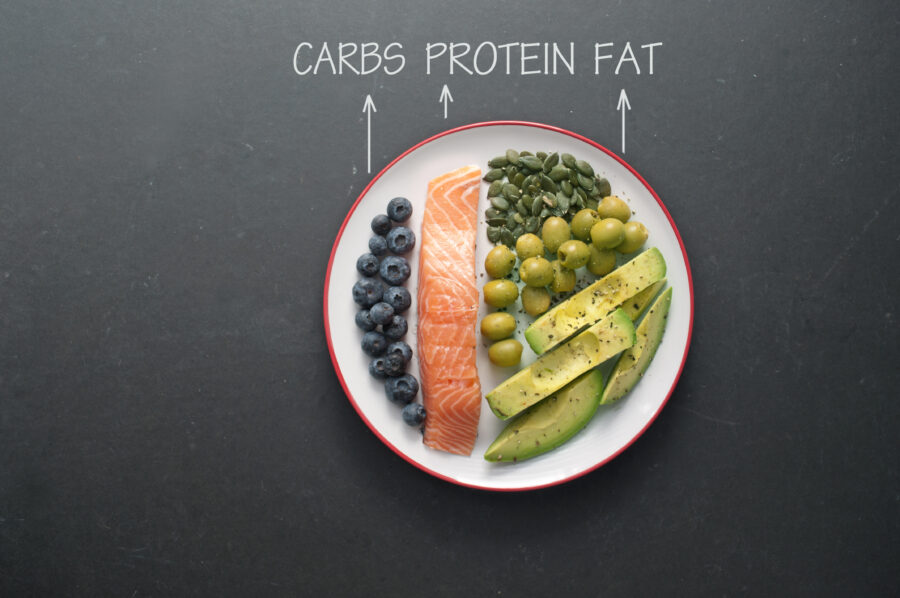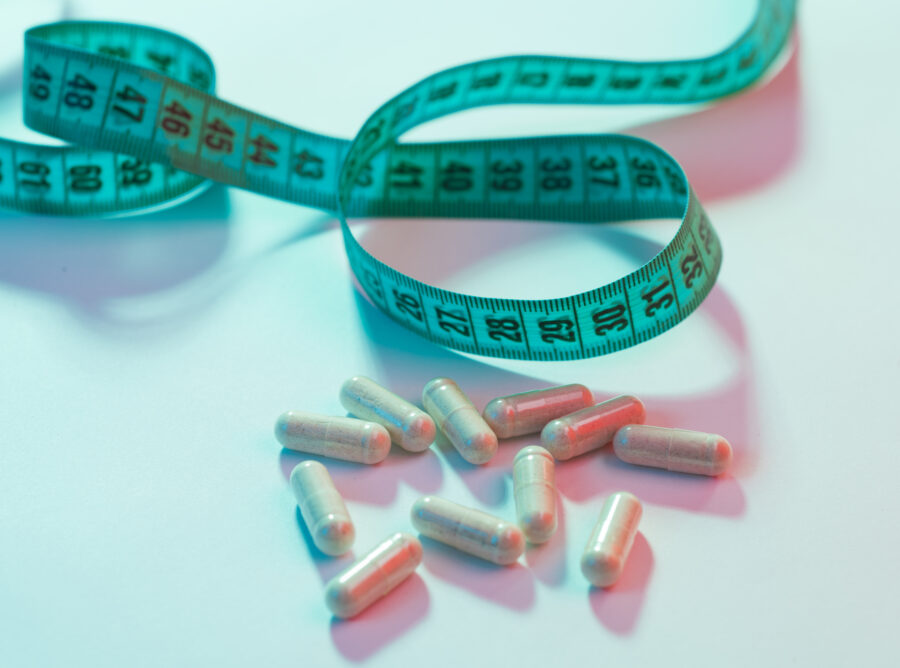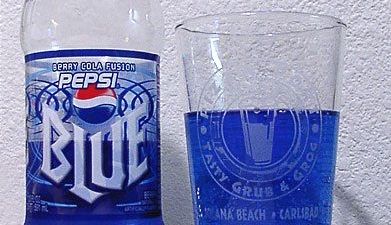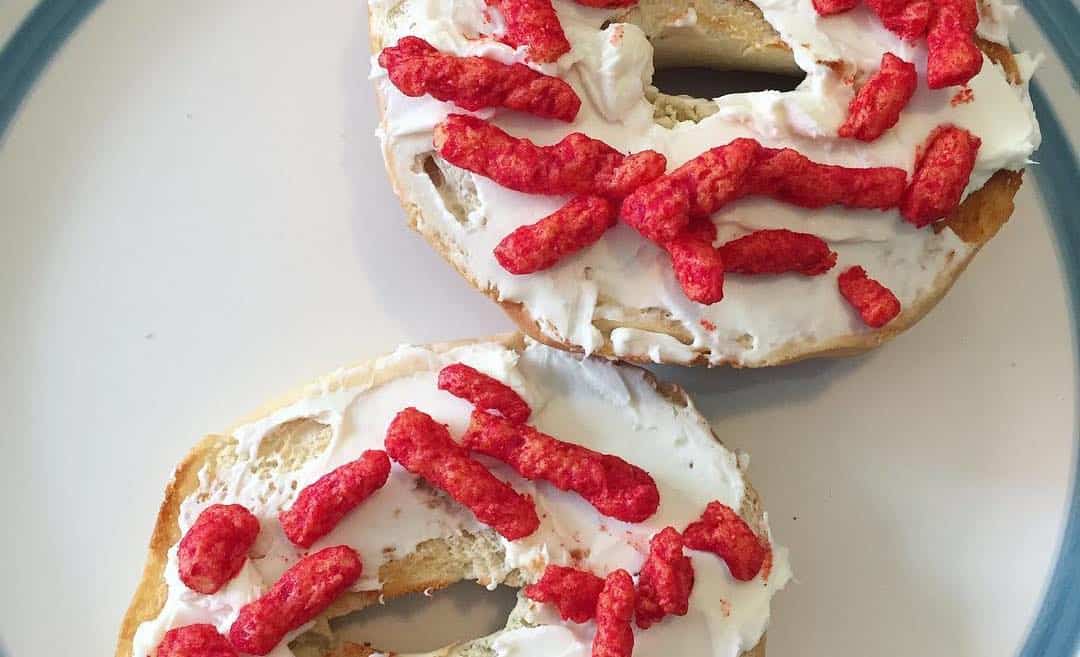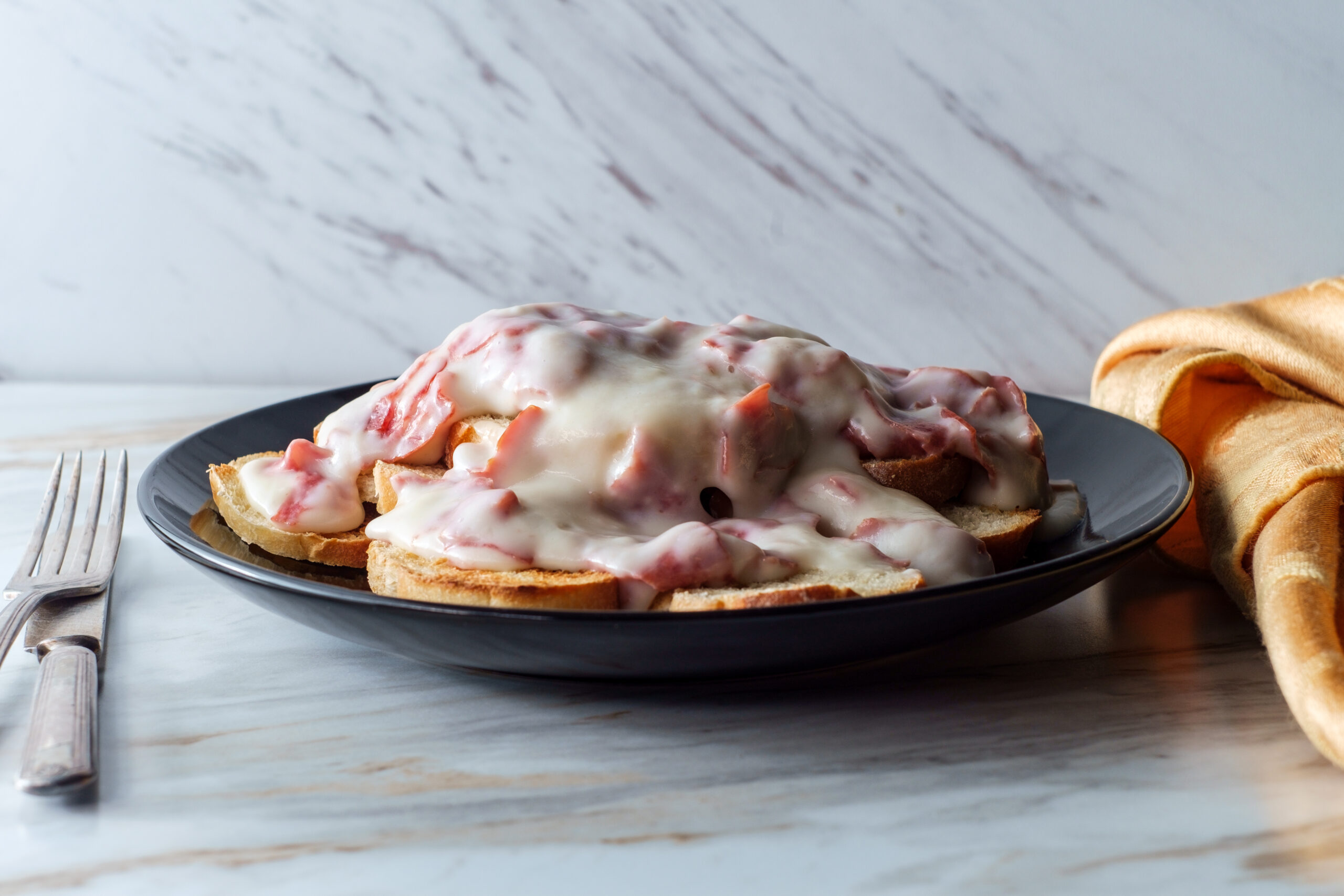During the ‘90s, kids basically lived off snacks like Dunk-a-roos and Gushers. Adults, however, were experimenting with the most popular 1990s diets, which were severely limiting.
Low-Fat Foods
On paper, it made sense that fat caused weight gain. As a result, low-fat foods were super popular during the 1980s and early 1990s.
The issue? Manufacturers often add tons of sugar to low-fat (and non-fat) foods to compensate for flavor. Besides, fat is an essential nutrient.
However, all fats aren’t equal. For example, avocado and almonds contain good-for-you fats that help control your cholesterol levels and reduce the risk of heart disease.
The Ornish Diet
In 1994, Dr. Dean Ornish published a book. It was called Eat More Weigh Less: Dr. Dean Ornish’s Life Choice Program for Losing Weight Safely While Eating Abundantly.
It’s a low-fat vegetarian diet. It provides 70 to 75% of your daily caloric intake from carbs, 15 to 20% from protein, and less than 10% from fat.
It’s never a bad idea to eat nutritious foods. A 1990s diet, however, is not the way to go. The Ornish Diet is linked to micronutrient deficiencies.
The Atkins Diet
After the obsession with low-fat diets died down, the focus turned to low-carb, high-protein diets. The most popular one was the Atkins Diet, created in the 1960s.
By the late 1990s, it was all the rage. Celebrities swore by it. Basically, like most low-carb diets, the Atkins Diet involves a high intake of protein and fat.
The idea is to force your body to use fat (instead of carbs) for fuel. Unfortunately, the Atkins Diet is linked to a higher risk of heart disease.
The South Beach Diet
The Atkins Diet didn’t have restrictions for saturated fat, and cardiologist Dr. Arthur Agatston wasn’t cool with it. So, he created the South Beach Diet in the mid-1990s.
The diet instructs followers to eat unprocessed foods. Vegetables and fiber-rich carbs are encouraged. However, it allows for processed vegetable oils, high in omega-6 fatty acids.
While omega-6 fats are essential, the average person already gets enough. A high ratio of omega-6 fats to omega-3 fats can increase the risk of heart disease.
The Blood Type Diet
In 1996, naturopathic physician Peter D’Adamo published a book called Eat Right 4 Your Type. It promotes the notion that a person’s ideal diet depends on their blood type.
For example, Type As should eat lots of plants and zero red meat. Type Bs, however, should eat lots of meat, aside from pork and chicken.
Among all the weird 1990s diets, this one isn’t so bad. Blood type does have a link with certain diseases, though diet has nothing to do with it.
The Natural Hygiene Diet
The Natural Hygiene Diet was lesser-known, but was alive and well during the 1980s and 1990s. It stems from the 1830s Natural Hygiene movement.
Its 1980’s resurgence was all thanks to Harvey and Marilyn Diamond’s book Fit for Life. This was based on a version of the Natural Hygiene Diet.
The diet can be done in different ways, but generally, it promotes prolonged fasting for both children and adults. It also encourages folks to avoid eating certain food combinations.
Fen-Phen
A weight loss pill called Fen-Phen was super trendy in the early 1990s. It was made with two prescription drugs, which were called fenfluramine and phentermine.
The pill also worked, but it came with some frightening side effects: heart valve problems and pulmonary hypertension. It was taken off the market in September 1997.
Unfortunately, those heart valve problems have been known to persist years after one stops taking the pill. Ultimately, it’s just not worth it. We’re glad it’s gone.
The Zone Diet
Another year, another low-carb diet… or something like that. The Zone Diet was created by Dr. Barry Sears, a biochemist, more than 30 years ago.
His 1995 book, The Zone, tells readers to split up their caloric intake with a 40/30/30 ratio. Specifically, it calls for 40% carbs, 30% fat, and 30% protein.
The Zone Diet did help followers shed some pounds. However, experts point out this is likely from limiting refined sugars instead of the specific ratio of nutrients.
The Sugar Busters Diet
In the 1990s, a group of doctors created the Sugar Busters Diet. It completely eliminates refined sugar, which is a smart move for anyone.
Like the Zone Diet, it has a 40/30/30 ratio of macronutrients. That 40% portion comes from fat, while 30% come from carbs and 30% from protein.
Because of the super low-carb intake, the Sugar Busters Diet omits some nutritious fruits and vegetables. The high-protein intake can also damage the kidneys.
Liquid Diets
Meal replacement shakes were very popular in the 1980s. The trend continued to flourish in the 1990s, with brands like Slim-Fast leading the way.
At one point, Slim-Fast held 70% market share. Sales of meal replacement shakes also brought in $1.3 billion in 1990, according to the Washington Post.
As low-carb diets became a thing, the popularity of these drinks died down. You can still find meal replacement shakes in stores today, though.
Cabbage Soup Diet
We meet again, cabbage soup. This diet was trendy in the ’50s, ’70s, ’80s, and again in the mid-’90s. New books based on the diet kept being published.
The diet calls for two to three servings of cabbage soup every day, for a week. You can eat certain veggies and beef, but only according to the diet’s schedule.
Aside from feeling exhausted and weak, you’ll also likely feel bloated thanks to all that cabbage. The diet also lacks sufficient nutrients to support healthy weight loss.
TrimSpa
This supplement was meant to keep you feeling full. With TrimSpa, you were able to skip more meals. Sounds healthy? No? That’s because it wasn’t.
It really got going in the early 2000s when Anna Nicole Smith became their spokeswoman. By the late 2000s, however, it disappeared entirely.
That’s because it contained ephedra, a supplement that was outlawed in the US that same decade. People have been known to die from consuming too much of it.
Wow Chips
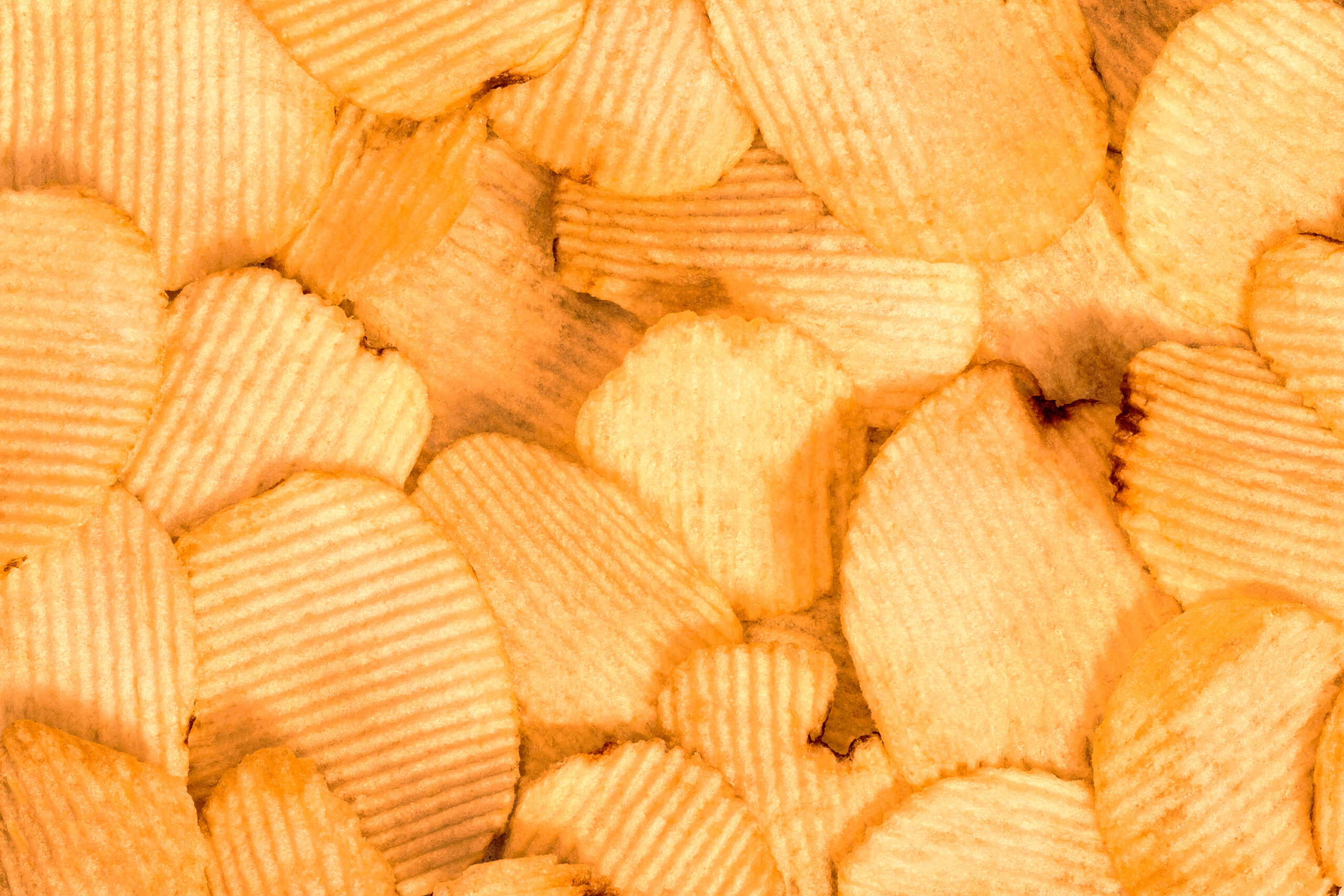
Wow Chips were invented by Frito-Lay in the late 90s. At first glance, they might seem harmless. Low-fat chips definitely aren’t the worst of 1990s diets.
However, these chips were not only useless, but could actively harm your body. By replacing fat with olestra, Wow Chips prevented your body from absorbing nutrients.
This manifested in a litany of awful symptoms. Frequent diarrhea and stomach cramps were common in people who ate one too many Wow Chips.
SnackWell’s Cookies
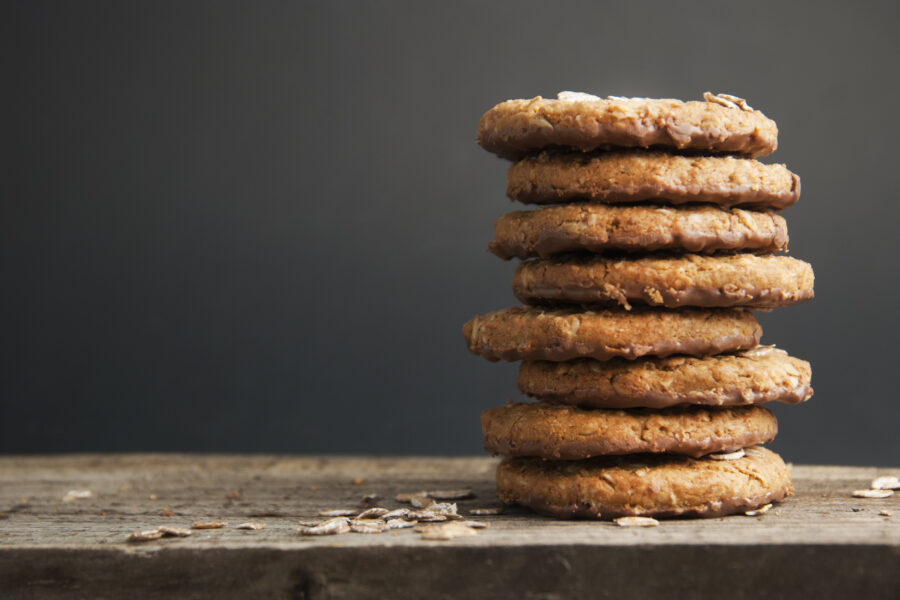
From all the crazy 1990s diets you’ve read about so far, SnackWell’s Cookies probably don’t seem so bad. True to 90s fad diet fashion, they were low-fat snacks.
While they came in different flavors, their devil’s food flavor was most popular. Like most low-fat foods, these cookies weren’t as healthy as they seemed.
They were highly processed, and their low-fat label inadvertently encouraged people to eat more of them than they would otherwise. Luckily, they’re no longer around.
The Mediterranean Diet
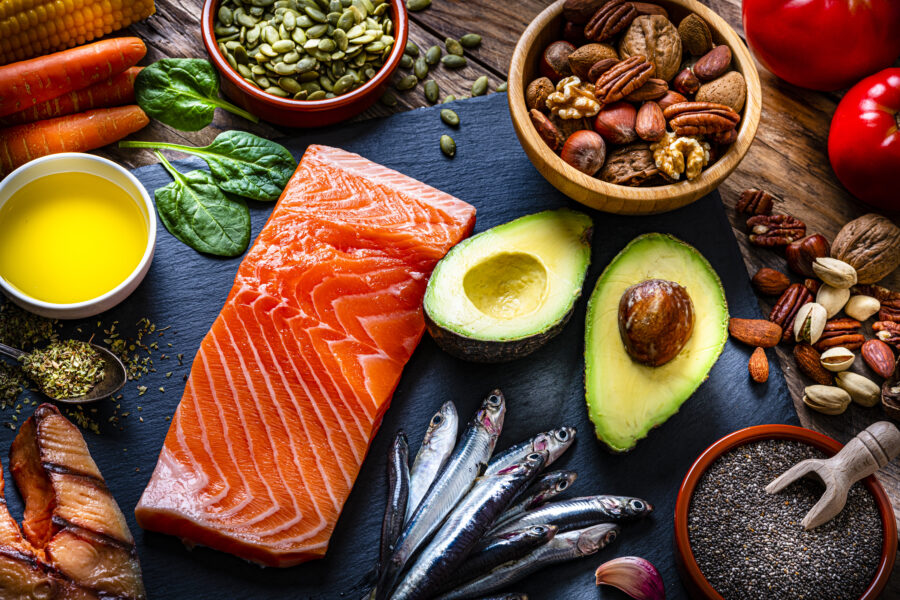
This is one of the rare good 1990s diets — probably because it wasn’t invented in the 90s. The Mediterranean Diet was invented in the mid-70s.
However, it didn’t garner attention until the 90s. The diet allows for fish consumption, but is mostly plant-based. It also stresses the importance of unprocessed foods.
It still seems to hold up. Most people agree that this is a good diet to follow. Still, that doesn’t mean you should deny yourself the occasional treat.
The Ketogenic Diet
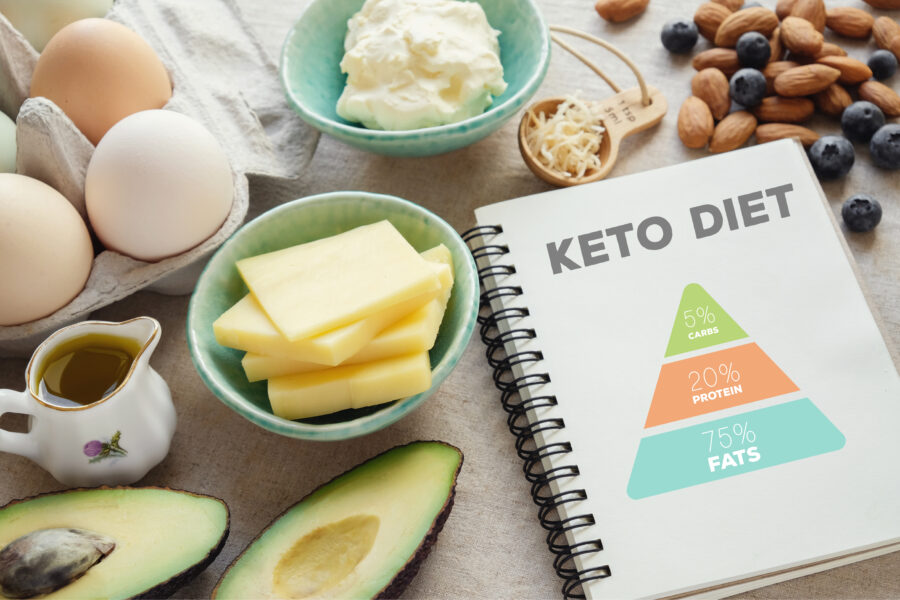
Yep, keto: a diet you’re probably already acquainted with. It started gaining traction in the 90s, and has shown no signs of slowing down since then.
Keto is a high-fat, low-carb diet. The diet became popular in the 90s when a child was apparently cured of epilepsy after trying it.
Whether or not this qualifies as a fad diet depends on who you ask. Some people swear by it, while others think it’s bogus.
The Subway Diet
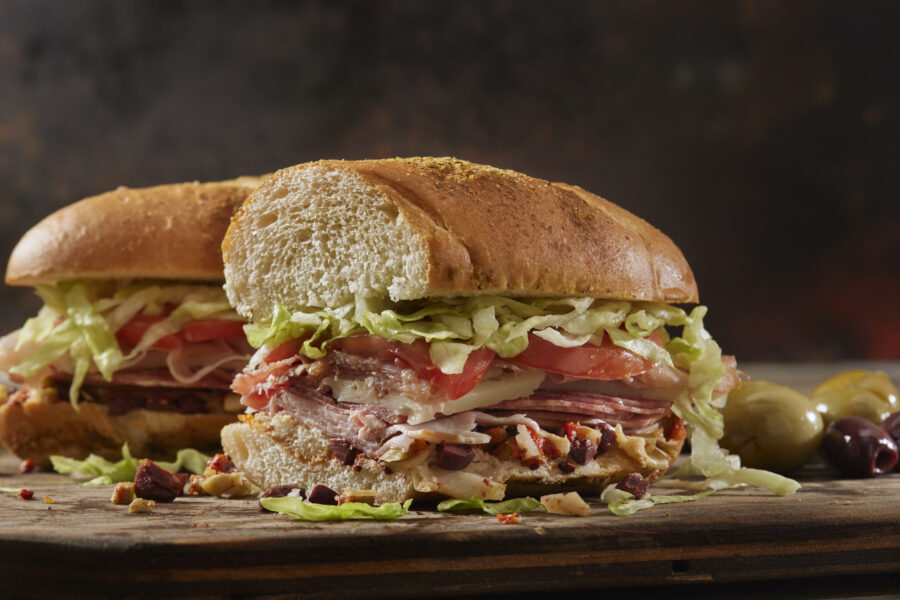
The Subway Diet might seem like an early 2000s staple, but it actually kicked off in 1999. That year, Jared from Subway made his first headline.
He claimed that Subway sandwiches helped him lose over 200 pounds, something he became famous for. Apparently, Subway helped him follow a low-fat, low-calorie diet.
We get liking Subway, but this is complete nonsense. Not only did he gain all the weight back, he ended up being a terrible person in general.
The Friends Diet
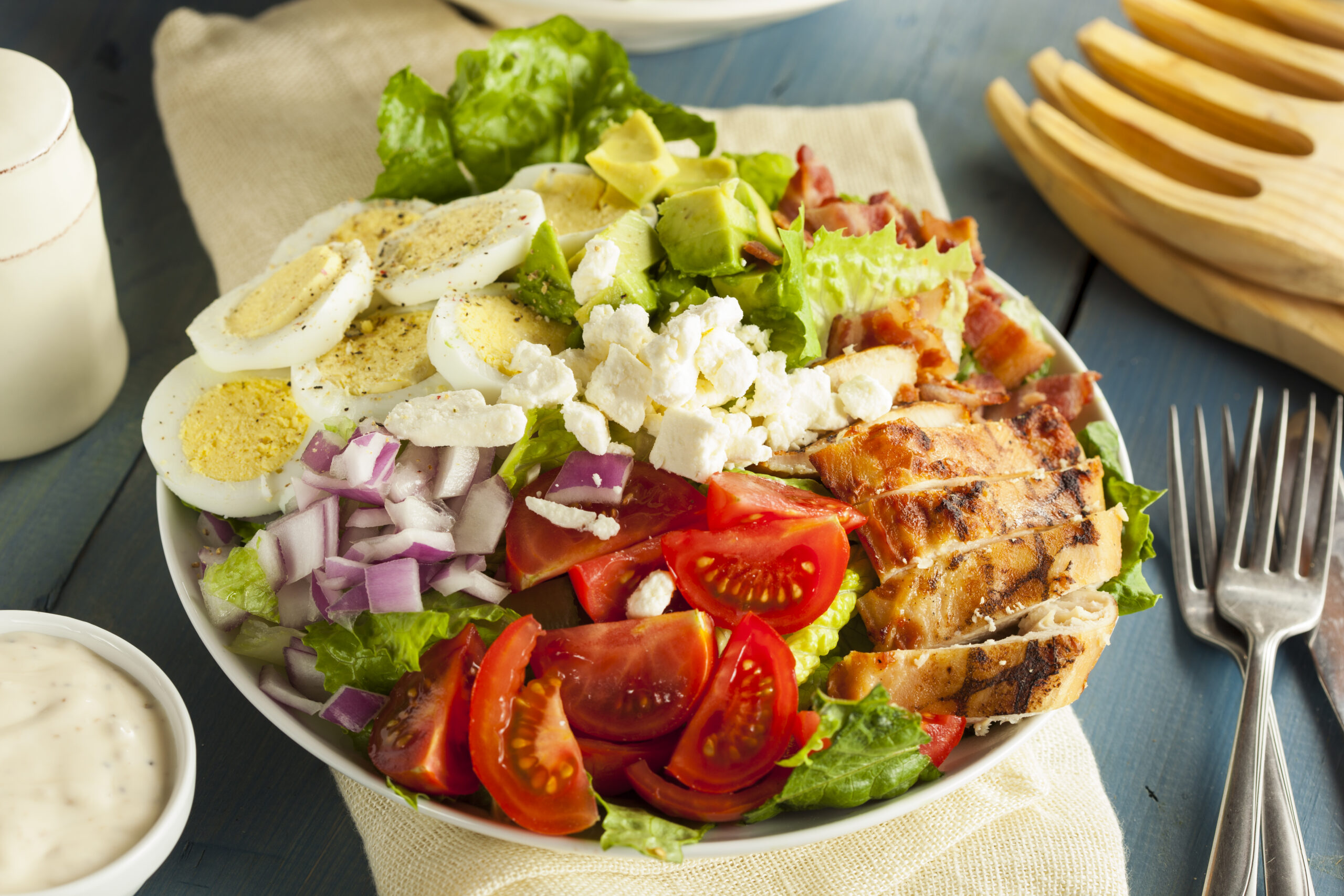
According to her cast member Courtney Cox on the hit sitcom friends, Jennifer Anniston ate the same meal every day. It consisted of a healthy Cobb salad.
The actress replaced the bacon with turkey bacon to keep things even lower-cal and lower-fat. Apparently, this diet didn’t drive her to tears due to boredom.
We’re not sure we could stomach having the same ol’ salad every day, especially after exerting so much energy into acting. But hey, it worked for Rachel.
The Beverly Hills Diet

The Beverly Hills diet took a new approach to dieting. The authors of the diet insisted that the enzymes in our food are key to weight loss.
Not only that but how you combine different food groups could have a huge impact. For example, you should never eat fruit with fats.
Additionally, you should only eat protein with protein, and every day needs to begin with an enzymatic food. This diet is bizarre and far too restrictive for most.
The Rotation Diet
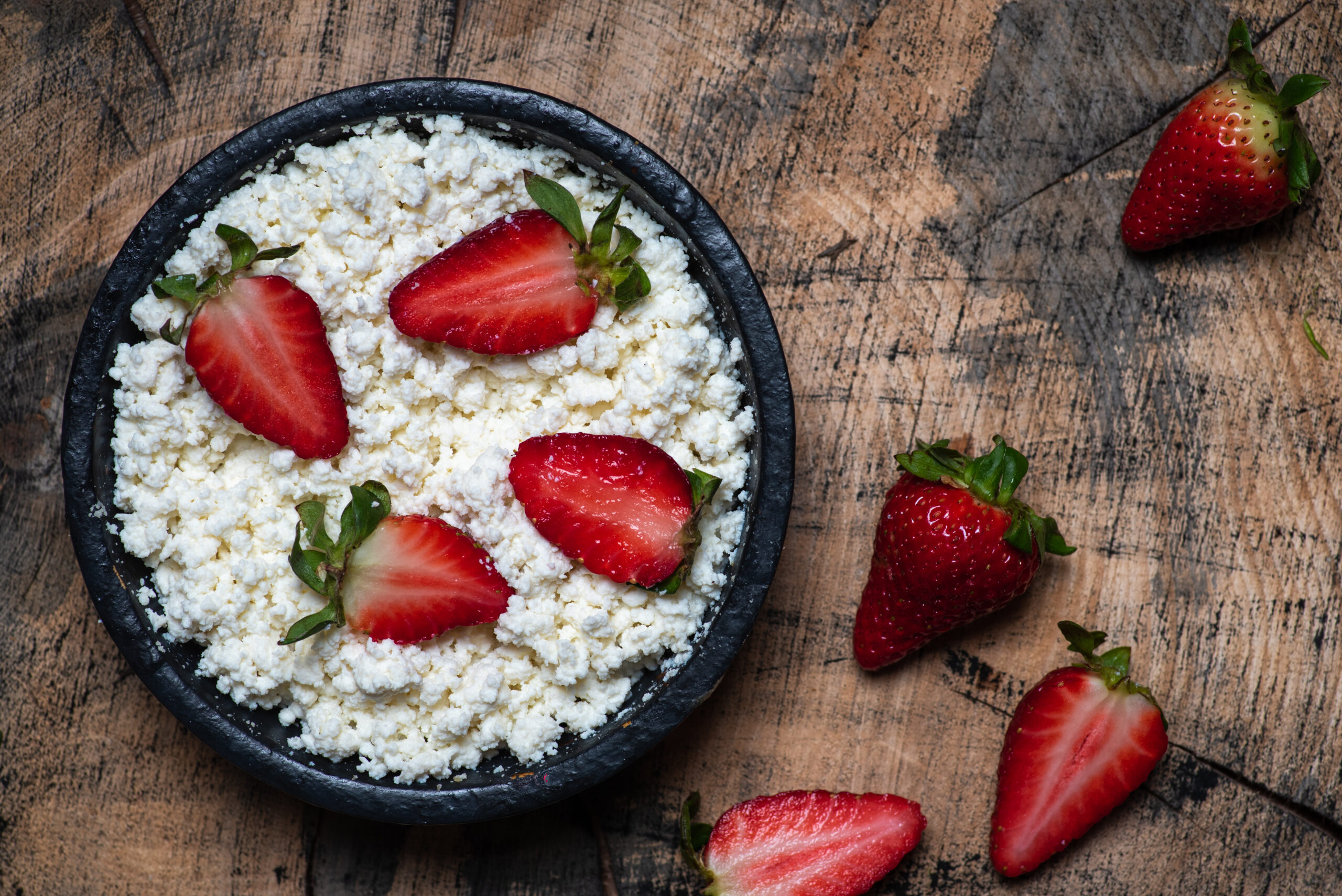
The Rotation Diet works on the assumption that rotating high and low calorie intakes on a two-week rotation. You gradually consume more calories, then start over.
This might make you think that you essentially get a “cheat day” every two weeks. But in fact, no day is a cheat day on the Rotation Diet.
Days 1-3 start at a measly 600 calories per day. Days 4-7 permit 900 calories per day. For week two, you can consume 1200 calories per day.
The Master Cleanse

The Master Cleanse is a diet that you’re probably familiar with, because it makes its rounds every few years. Celebrities like Beyonce have even endorsed it.
This diet is based less on healthy eating habits and more on starvation. It consists of consuming nothing but lemonade, salty water, and laxative tea.
According to Stanley Burroughs’s book, The Master Cleanser, this 10-day regimen results in a complete body “detox.” Unfortunately, there’s no evidence that that’s true.
The Cambridge Diet
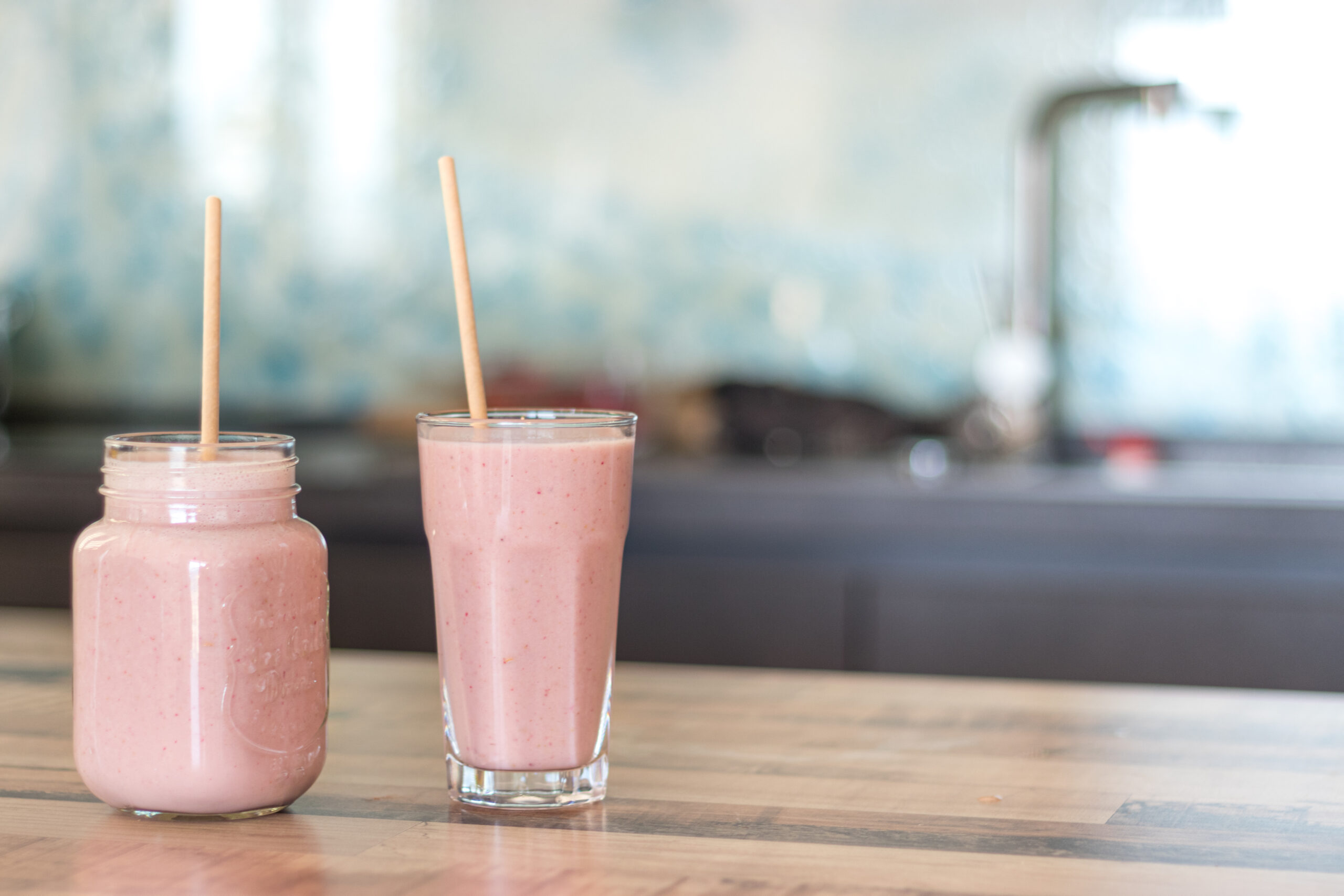
The Cambridge Diet originated in the 1970s, but it gained popularity in the ’90s. This diet works on a similar principle to the ketogenic diet, by limiting carbs.
This diet is semisynthetic: you replace some or all of your meals with packaged diet food. Your real food intake depends on where you are in the process.
The Cambridge Diet has recently been reintroduced, albeit with a brand-new name. The “1:1 Diet” gets its name from the one-to-one relationship between the dieter and counselor.
The F-Plan Diet
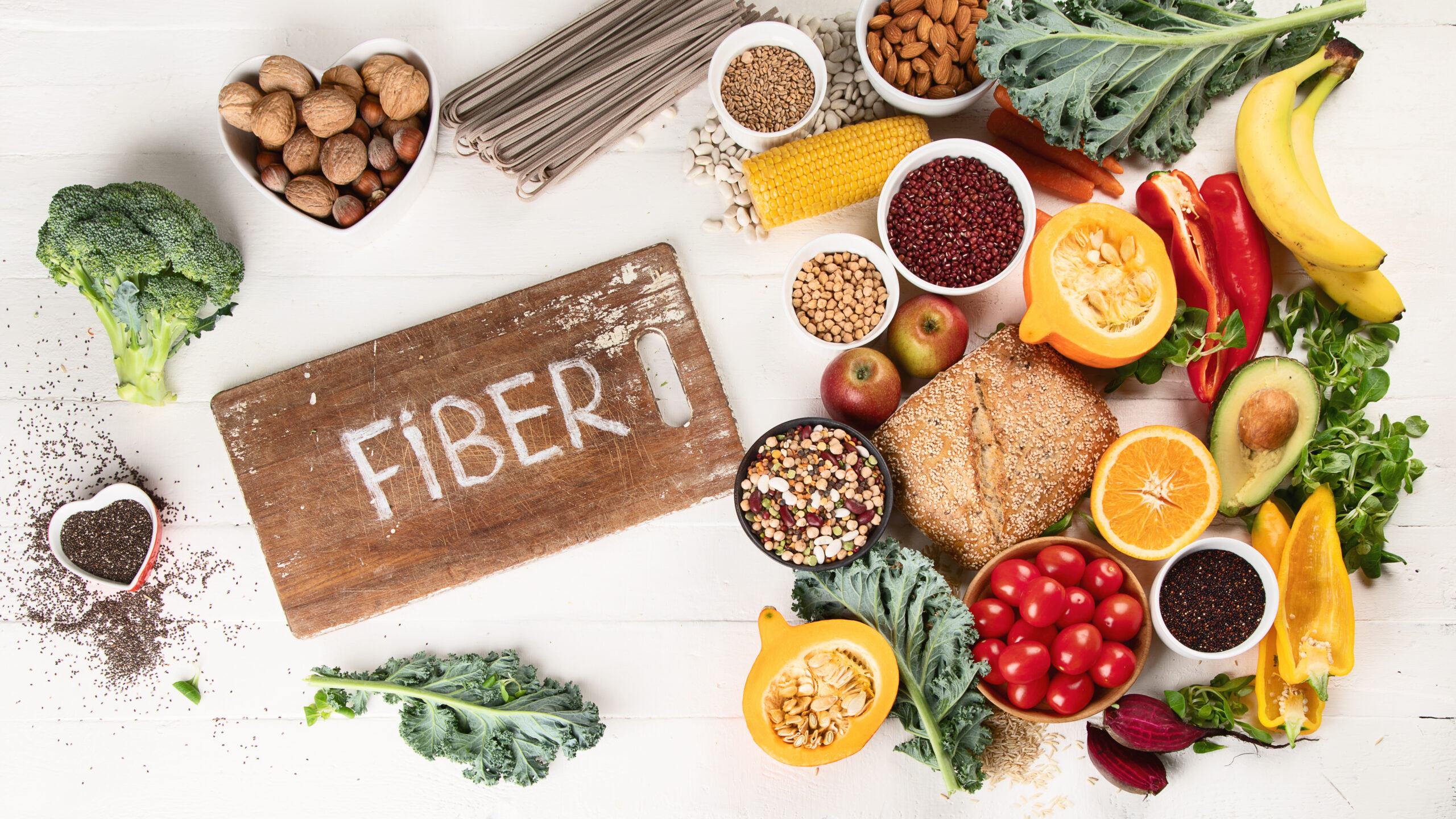
The “F” in the F-Plan diet comes from the word “fiber.” This diet has a strong focus on using high-fiber foods to help dieters lose weight.
High-fiber foods have the benefit of being somewhat filling while containing very few calories. The problem? High-fiber foods also don’t offer much energy.
Eating mostly fibrous foods might lead to weight loss in the short term, but it’s not a sustainable diet in the long term. Eventually, you’re going to need nutrients.
The Grapefruit Diet
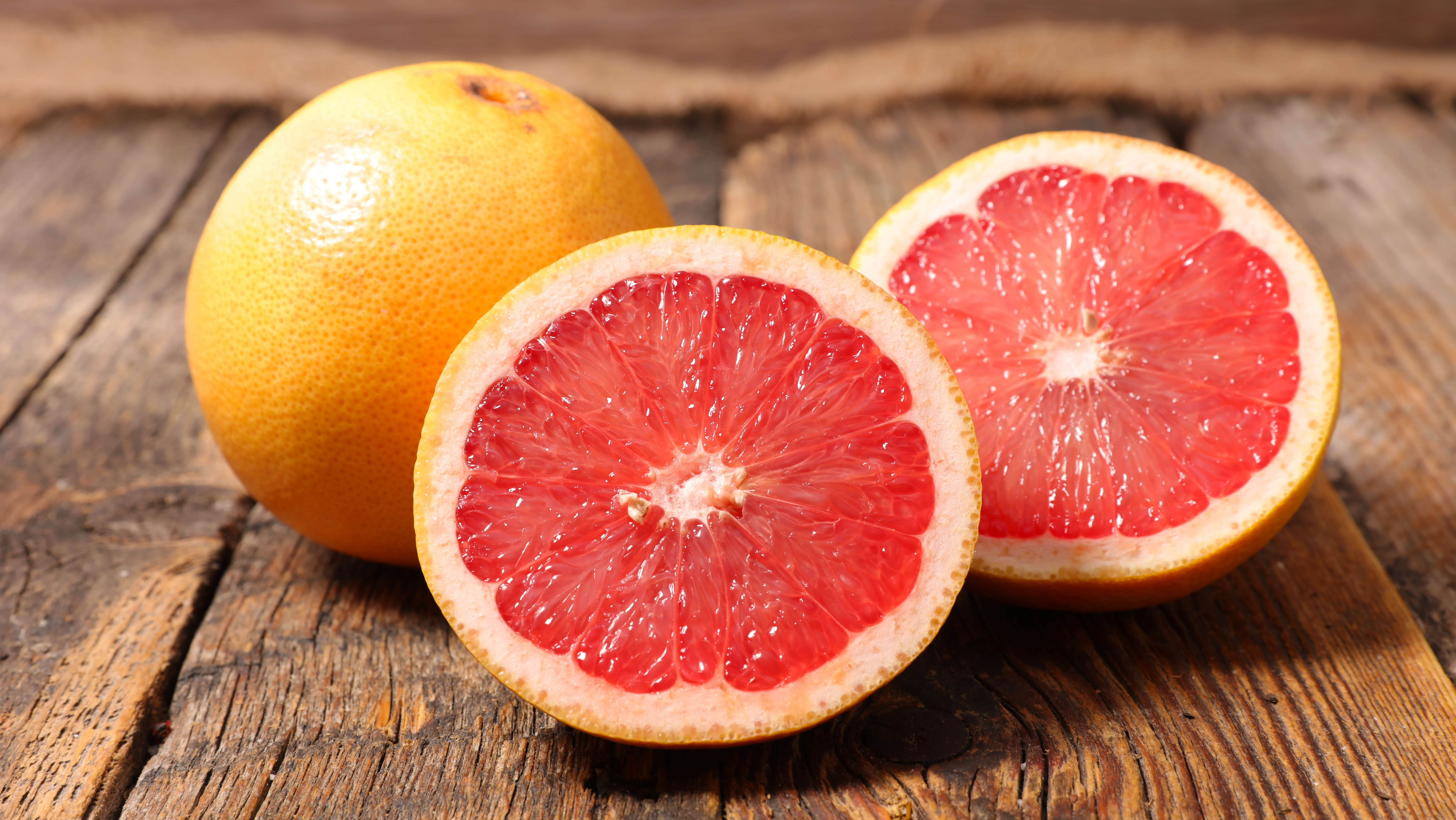
The Grapefruit diet is a 10- to 12-day diet plan that purports to help you lose 10 pounds, fast. It’s actually been around since the 1930s.
In the ’90s, “heroin chic” supermodels ushered in a resurgence of this restrictive diet. The key tenet of this diet is to consume grapefruit before or with every meal.
You can also turn to grapefruit juice if you’re low on fresh fruit. What you can’t do is consume more than about 800 calories per day.
The Grapefruit and Egg Diet

Does the Grapefruit Diet sound too restrictive? How about adding in an egg or two? That’s exactly the goal of this alteration on the Grapefruit Diet.
For the Grapefruit and Egg Diet, you’ll still need to consume grapefruit at every meal. But you’re also encouraged to eat foods rich in protein, like eggs.
So if you’ve ever wanted to have poached eggs for breakfast, hard-boiled eggs for lunch, and a lean omelet for dinner, you’re in luck. Don’t forget the grapefruit!
The Hallelujah Diet

Its name isn’t just clever marketing. A reverend named George Malkmus and his wife actually developed this diet based on Biblical teachings and his own experience.
Apparently, Malkmus ate a diet consisting mostly of fresh fruits and vegetables after being diagnosed with cancer. The vegetable-rich diet reportedly saved his life.
On the Hallelujah Diet, dieters can expect to eat about 80% raw foods and 20% vegetarian cooked foods. Meat is strictly not allowed on this diet.
Sugar-Free Gum

Who needs real food when you can just chew on a stick of sugar-free gum? This was a popular diet method in the ’90s, when sugar-free everything thrived.
Unfortunately, sugar-free gum usually contains sorbitol, which can lead to some serious digestive upset. Some people have lost large amounts of weight from sorbitol-induced illness.
So while it seems like sorbitol is somewhat toxic to your digestive tract, it’s technically effective. Still, it’s not the healthiest or most sustainable form of weight loss.
Diet Coke
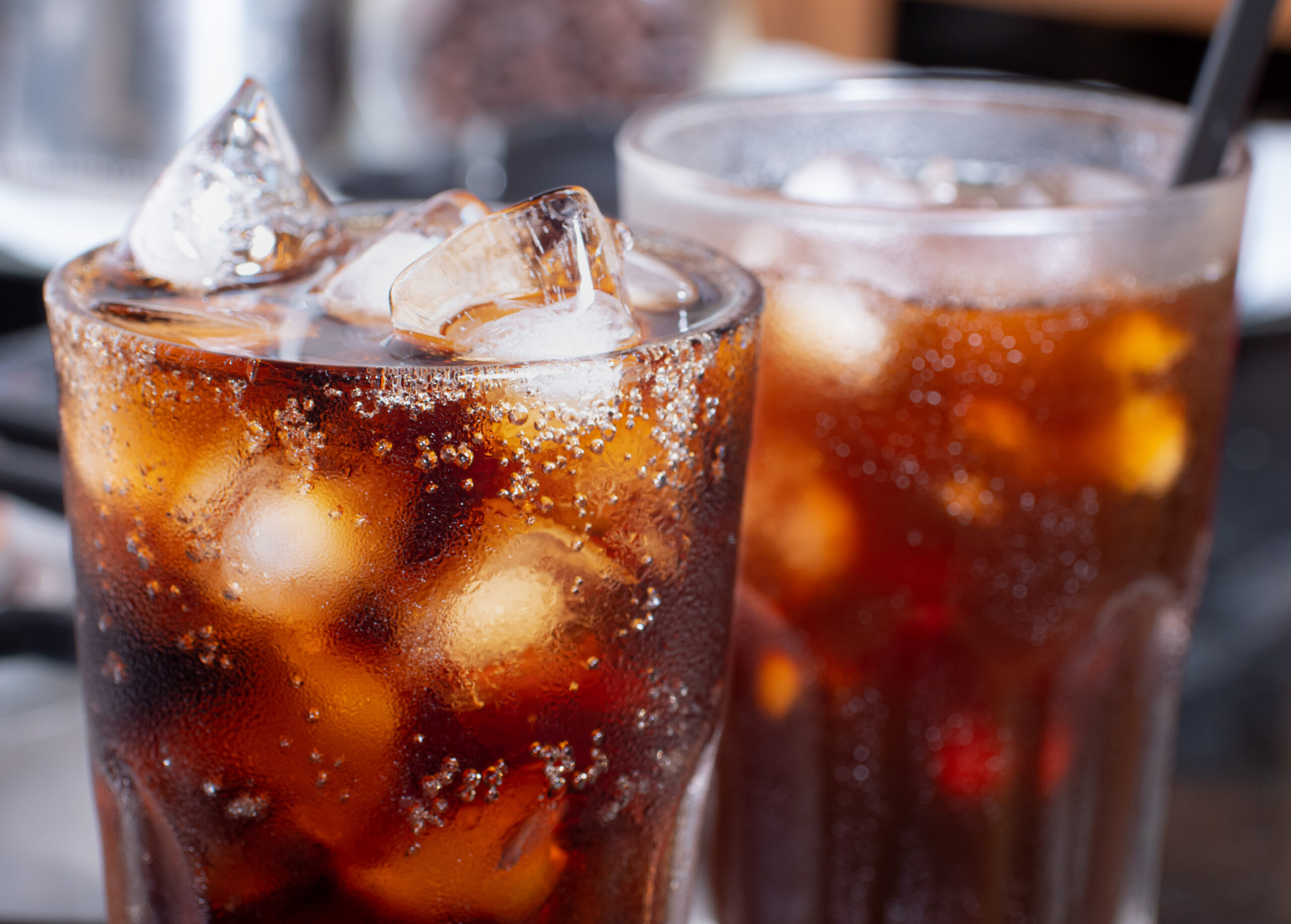
Speaking of sugar-free everything, we can’t talk about diets in this decade without talking about Diet Coke. The stuff was everywhere, in fridges across the nation.
Diet Coke contains the artificial sweetener aspartame, which doesn’t have the calories of sugar. Unfortunately, it’s also possibly carcinogenic when it’s consumed by humans.
What’s more, Diet Coke doesn’t appear to help with weight loss at all. In fact, studies have shown that consuming diet sodas often contributes to weight gain.
The Body Mass Index (BMI)
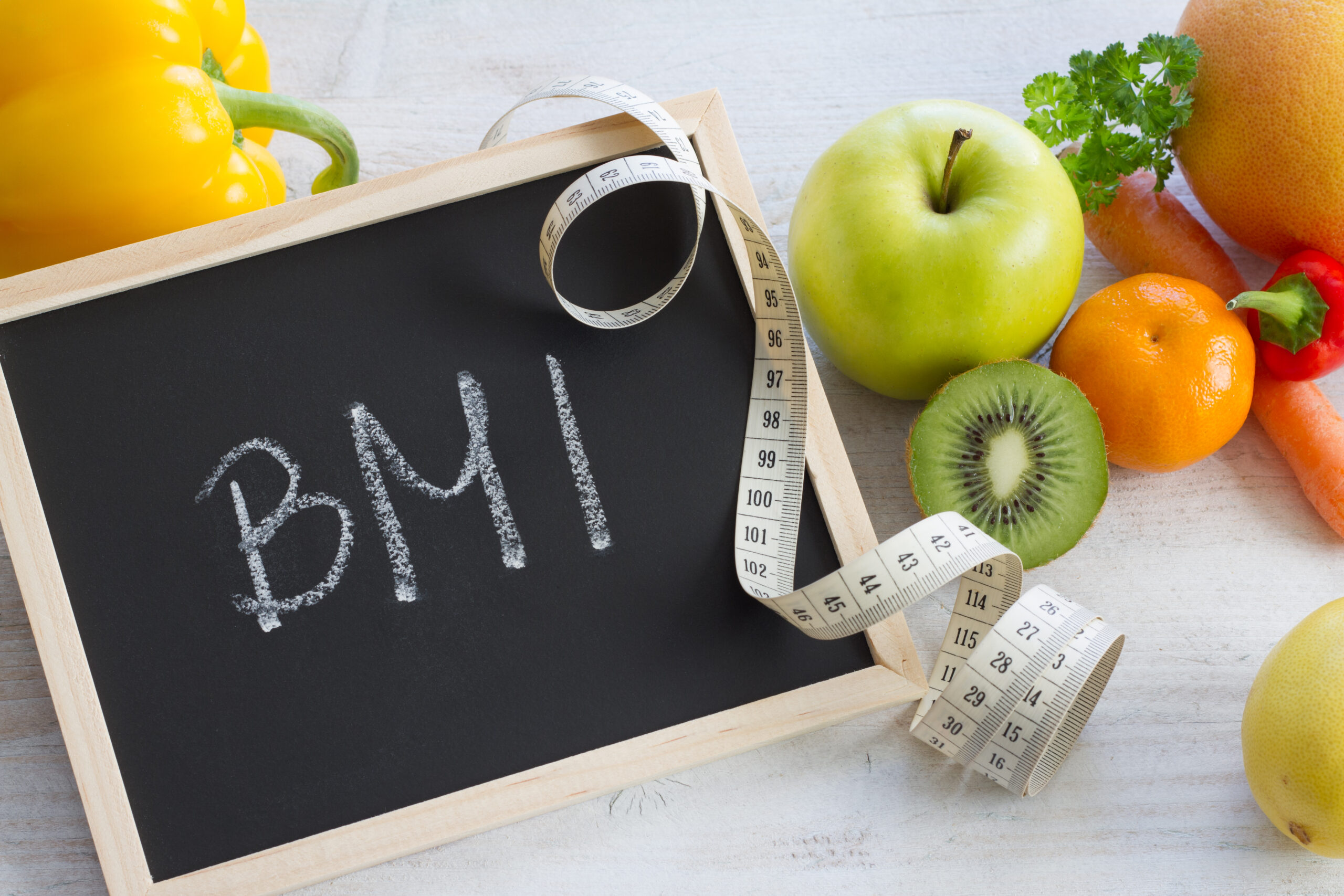
Do you remember that ultra-toxic practice of measuring children’s BMIs in schools? Apparently, it’s still going on to this day.
But BMI was all the rage in the ’90s. It stands for “body mass index,” and it’s a simple calculation of body fat based on a person’s weight and height.
The downside? It’s not actually accurate. A muscular person can be the same height and weight as someone with little muscle, and they’ll have the same BMI.
More Weird Diets from Throughout History

Diet trends from the 1990s seem pretty tame in comparison to some of these wacky weight loss strategies. Some of these are even weirder than others.
From dangerous parasites to sleeping away the pounds, these weight loss strategies often prioritized quick fixes over scientific evidence and sustainable health. Not the greatest idea.
While some ’90s diets offered a glimpse into past nutritional beliefs, some of these diets are cautionary tales of the extreme measures people are willing to take.
Tapeworm Diet
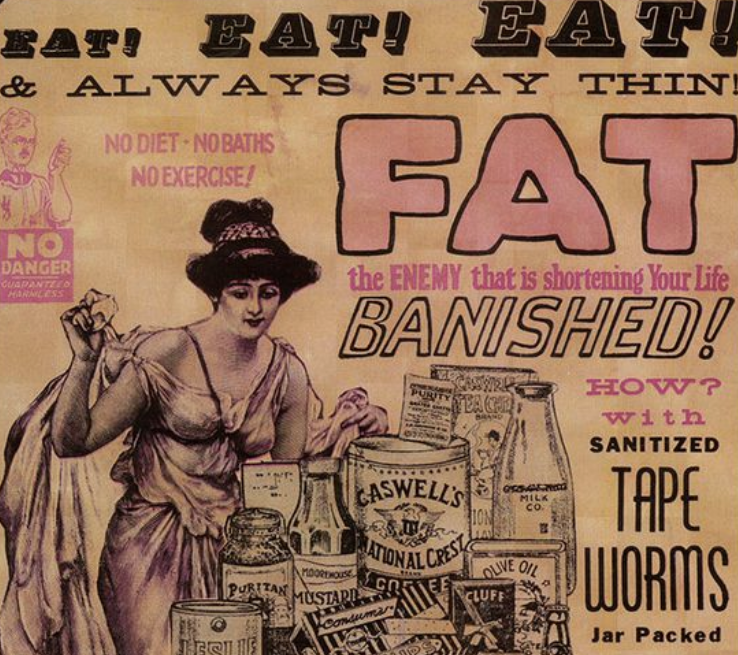
Yes, there was a diet that involved intentionally ingesting tapeworm eggs with the hope that the tapeworms would consume ingested food and help in weight loss.
This risky method could lead to serious health issues (no surprises there), including malnutrition and organ damage. Luckily, it wasn’t really popular by the ’90s.
It’s a stark reminder of the extreme lengths to which some would go to lose weight, disregarding the severe health risks involved. Don’t try this!
Sleeping Beauty Diet

This diet took the approach that if you’re sleeping, you’re not eating. And to be fair, that’s true enough. But taking it to this extreme is dangerous.
Advocates would use sedatives to sleep for extended periods, hoping to lose weight during their slumber. As you might guess, this isn’t good for you.
Not only did this neglect healthy eating and exercise, but it also posed significant risks from the excessive use of sedatives and the potential for sleep-related disorders.
Cotton Ball Diet

Ingesting cotton balls soaked in juice was the cornerstone of this diet. It was based on the theory that they would fill the stomach without adding calories.
This dangerous practice could lead to intestinal blockages and malnutrition. And it wouldn’t actually make you feel satiated because you weren’t getting any vital nutrients.
Again, this diet just highlights the lengths to which individuals might go to feel full without actually consuming calories. But that also means no beneficial nutrients.
Fletcherizing

Promoted by Horace Fletcher, “The Great Masticator,” this diet involved chewing food until it turned to liquid to enhance digestion and absorption of nutrients. Ew.
Fletcher claimed this method would also reduce overeating. However, it’s more likely to contribute to an unhealthy obsession with eating practices than to provide any health benefits.
With that said, chewing your food sufficiently is important for good digestion. But taking this to the extreme isn’t good for your health, and it sounds terrible.
The Vinegar Diet
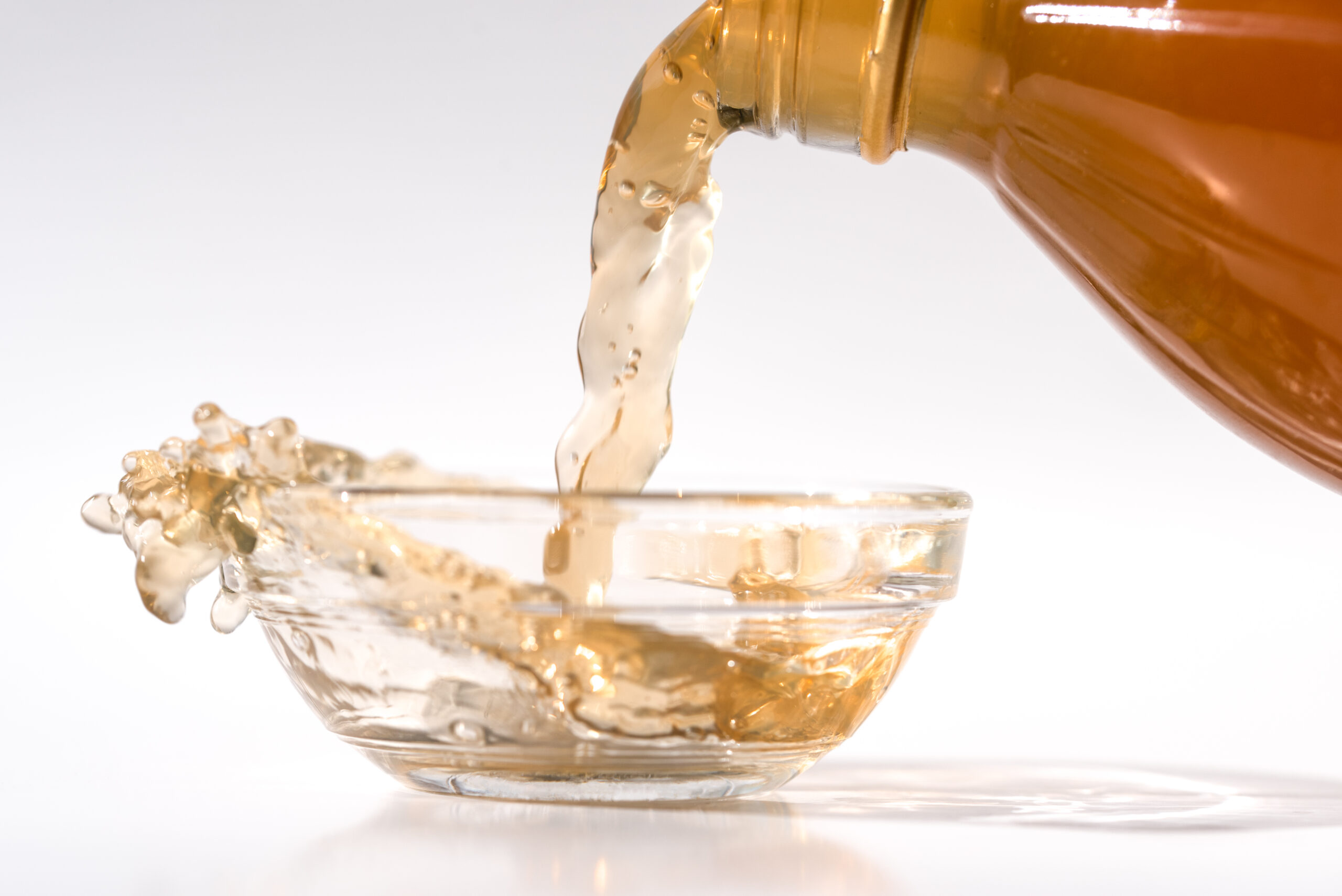
Made famous by Lord Byron, this diet advocated consuming large amounts of vinegar to promote weight loss. It was sometimes accompanied by eating potatoes soaked in vinegar.
Not only was this diet ineffective for sustainable weight loss, but it also posed serious risks to dental health and the digestive system due to the acid in vinegar.
As much as we love a good vinaigrette, consuming straight vinegar on a daily basis just doesn’t sound sustainable. Our taste buds are prickling at the thought.
Breatharian Diet

This extreme diet claims that people can live on light and air alone, without the need for food, water, or basic nutrition. Much like a plant.
Proponents argue that through meditation, one can draw energy from the universe. As awesome as that sounds, it has no scientific backing and is dangerously misleading.
This diet can potentially lead to fatal outcomes due to malnutrition and dehydration. It turns out humans need food and water. Who could have known?
Graham Diet
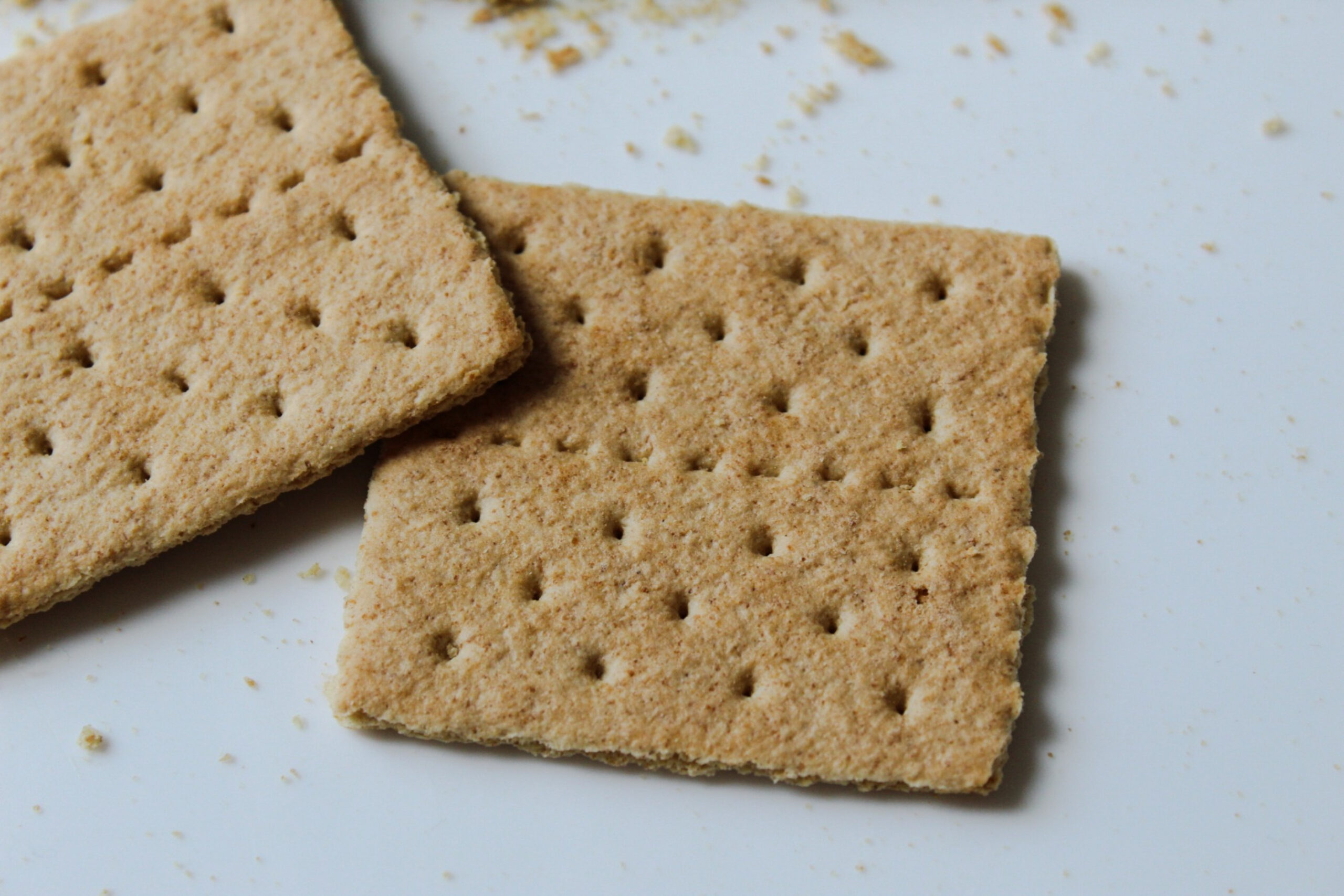
Yes, this diet was recommended by the original creator of the classic crackers. Sylvester Graham’s diet was all about healthy whole grains and fresh veggies.
He advocated for abstaining from alcohol and meat. That sounds normal enough. But he claimed that doing so was vital for both moral and physical purity.
Graham also insisted on the strict avoidance of spices and flavorings. He believed they led to overeating as well as immorality. Well, you lost us there.
Baby Food Diet

Who knows how to lose weight better than a baby? Oh, wait, that’s not right. Still, people thought replacing food with baby food was a good idea.
This diet involves replacing one or two meals a day with jars of baby food to control portions and reduce calorie intake. Yum, mashed peas and carrots.
In addition to flavor, this diet lacks in providing the necessary nutrients and satisfaction that adults need. So, it’s an impractical long-term weight loss strategy.
Werewolf Diet

This diet sounds like it would be either awesome or terrifying. But actually, the werewolf diet is just kind of weird — and not very effective apparently.
Also known as the Lunar Diet, it’s based on the lunar calendar. It suggests that fasting during a full or new moon can detoxify the body.
Supposedly, this will lead to rapid weight loss. This diet lacks scientific support, of course. Plus, it can lead to unhealthy eating patterns and nutritional deficiencies.
What Was the Biggest 1990s Diet Trend?

While all of these 1990s diets had their moment in the sun, some stood out more than others. The biggest 90s diet trend, by and large, was “low-fat.”
From Snackwell’s Cookies to Wow Chips, every snack had a low-fat version. They were supposed to make you feel less guilty but ended up just making you unhealthy.
We’re still not completely out of the low-fat craze. Plenty of foods still have low-fat versions. People are still convinced that fat is unnecessary (which isn’t true!).

